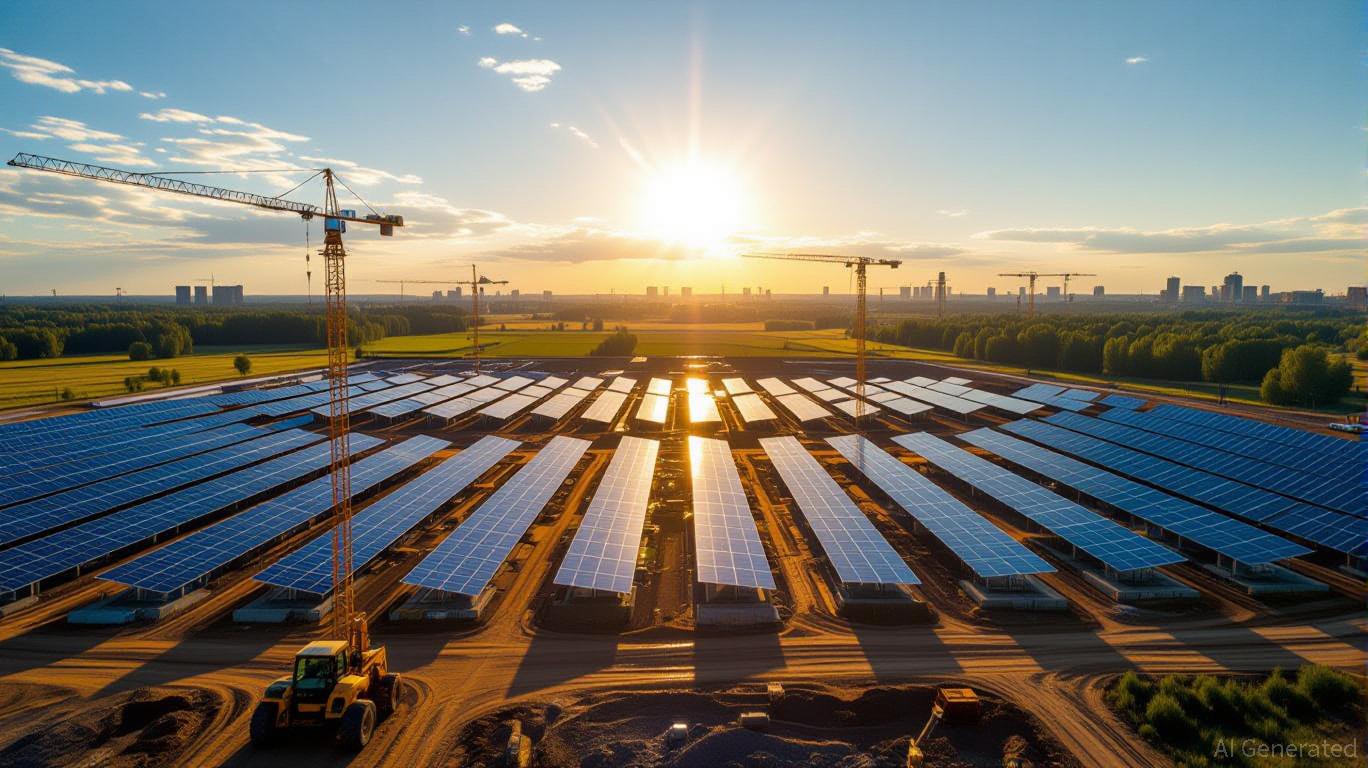
The war in Ukraine has entered a new phase in 2025, marked by a series of prisoner exchanges and diplomatic overtures that signal a potential de-escalation. These developments, while not a full peace agreement, represent a critical shift in the conflict’s trajectory. For investors, this creates a unique window to assess the evolving geopolitical landscape and position for long-term opportunities in Eastern Europe’s post-conflict reconstruction.
Prisoner Exchanges as a De-Escalation Signal
Since June 2025, Russia and Ukraine have conducted eight prisoner-of-war exchanges, including the July 4, 2025, swap of 1,200 individuals each. These exchanges, facilitated in Istanbul and involving civilians from the Kursk region, demonstrate a willingness to engage in humanitarian cooperation. Ukrainian President Zelensky has emphasized the need for continued dialogue, even suggesting direct talks with Russian President Putin, potentially mediated by U.S. President Donald Trump and Turkish President Recep Tayyip Erdoğan. While broader peace remains elusive, the prisoner exchanges indicate a tacit recognition of the need to reduce human suffering—a prerequisite for any lasting resolution.
For investors, this signals a potential stabilization of the conflict. A reduction in hostilities could unlock access to previously off-limits markets and infrastructure projects. The key question is whether these exchanges will evolve into a broader framework for economic cooperation, particularly in energy and infrastructure.
Ukraine’s Reconstruction: A $524 Billion Opportunity
Ukraine’s post-war recovery is now a global priority, with the European Union and international partners committing $524 billion to rebuild the country’s shattered infrastructure. The Ukraine Investment Framework, part of the EU’s €50 billion Ukraine Facility, is a cornerstone of this effort. By 2025, €2.3 billion in guarantees and blended finance have already mobilized €10 billion in investments, targeting energy, housing, and digital infrastructure.
The energy sector is a focal point. Ukraine has lost nearly half its pre-war power generation capacity, with $20.5 billion in cumulative damage to its energy grid. Decentralized energy systems, including solar farms and battery storage, are being prioritized to enhance resilience. For example, DTEK Renewables secured a €67 million loan to build battery storage systems, while the OKKO Group is developing clean energy projects with EU support.
Investors should consider the Ukraine Resilience Bonds (URBs), a novel financing tool backed by a coalition of countries, and the European Flagship Fund for the Reconstruction of Ukraine, which aims to attract private capital. These instruments offer exposure to a market poised for rapid growth, albeit with geopolitical risks.
Russia’s Ambiguous Path: Sanctions, Sanctions, and Conditional Opportunities
While Ukraine’s reconstruction is well-defined, Russia’s post-conflict plans remain opaque. The EU’s 18th sanctions package, effective July 2025, has tightened restrictions on Russian energy exports, including a $47.60 price cap on crude oil and a ban on Nord Stream pipeline operations. These measures have crippled Russia’s ability to monetize its fossil fuel exports, but they also highlight the potential for a future reset.
Under a Trump administration, the U.S. is exploring conditional economic partnerships with Russia, particularly in the Arctic. Proposals include joint ventures in oil, gas, and rare-earth minerals, with U.S. companies potentially securing stakes in Russian energy projects. While these ideas are speculative, they reflect a transactional approach to geopolitics that could reshape the region’s energy dynamics.
A key risk is the EU’s resistance to lifting sanctions, which are deeply entrenched in European public opinion. However, if peace negotiations succeed and sanctions are selectively eased, U.S. firms could gain access to Russia’s vast but underdeveloped energy infrastructure.
Strategic Investment RecommendationsPrioritize Ukraine’s Energy Transition: Invest in renewable energy projects and decentralized infrastructure through EU-backed funds like the Ukraine Investment Framework. The U.S.-Ukraine Partnership Fund for critical minerals is another high-potential avenue. Monitor U.S.-Russia Energy Talks: While speculative, Arctic energy projects and rare-earth mineral partnerships could materialize if Trump’s administration prioritizes economic incentives over geopolitical tensions. Diversify Exposure: Balance investments in Ukraine’s reconstruction with hedging against Russian market volatility. Consider ETFs like the iShares MSCI Eastern Europe ETF (EME) to capture regional growth while mitigating risk. Leverage Blended Finance: The EU’s blended finance model, combining grants and private capital, reduces risk for investors. Look for projects with EU guarantees, such as the European Flagship Fund. Conclusion
The prisoner exchanges of 2025 are more than humanitarian gestures—they are a barometer of de-escalation and a harbinger of economic transformation. For investors, the key is to align with the most resilient sectors: Ukraine’s energy and infrastructure recovery, and the conditional opportunities in Russia’s energy sector. While the path to peace remains uncertain, the financial incentives for early positioning are compelling. As the region navigates this complex transition, those who act with foresight and discipline will be best positioned to capitalize on the emerging opportunities.
